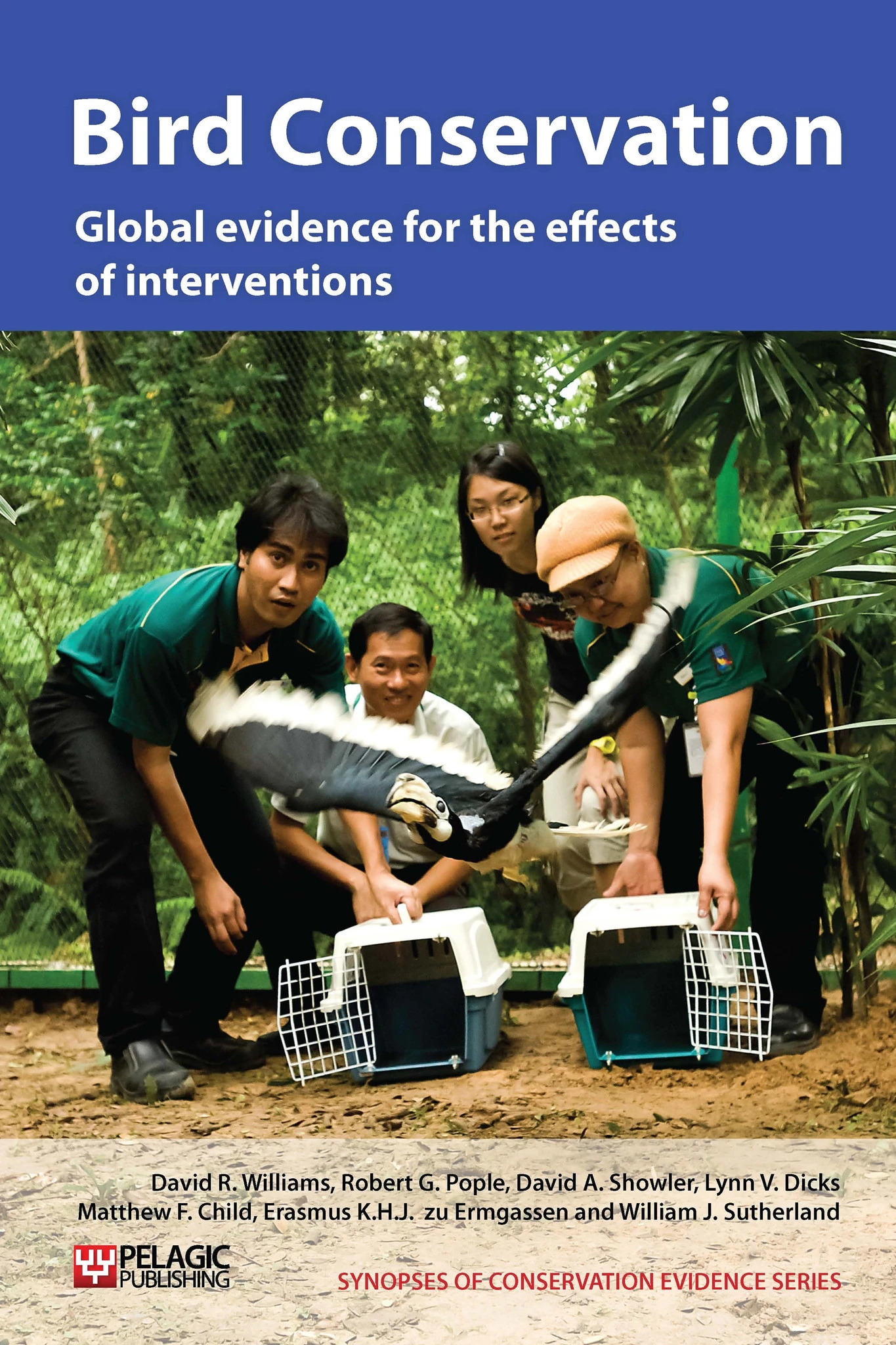Artificially incubate and hand-rear bustards in captivity
-
Overall effectiveness category Unknown effectiveness (limited evidence)
-
Number of studies: 2
View assessment score
Hide assessment score
How is the evidence assessed?
-
Effectiveness
31% -
Certainty
10% -
Harms
0%
Study locations
Supporting evidence from individual studies
A review of a houbara bustard Chlamydotis undulata macqueenii captive breeding programme in Saudi Arabia (1) between 1989 and 1993 found that removing eggs from females to artificially incubate them increased the number of eggs produced from one to four eggs/year for wild birds to nearly nine eggs/female. This study is also discussed in ‘Use captive breeding to increase or maintain populations’, ‘Use artificial insemination in captive breeding’ and ‘Release captive-bred individuals’.
Study and other actions testedA review (van Heezik & Ostrowski 2001) of the same programme as Seddon et al. 1995 found that, between 1992 and 1999, there was no significant difference in survival between artificially incubated eggs and those hatched by parental incubation, once breeding experience of mothers, year of lay and the cohort of birds that the mother came from were taken into account. A total of 1,012 eggs were studied. This study is also discussed in ‘Use captive breeding to increase or maintain populations’.
Study and other actions tested
Where has this evidence come from?
List of journals searched by synopsis
All the journals searched for all synopses
This Action forms part of the Action Synopsis:
Bird Conservation
Bird Conservation - Published 2013
Bird Synopsis





)_2023.JPG)














